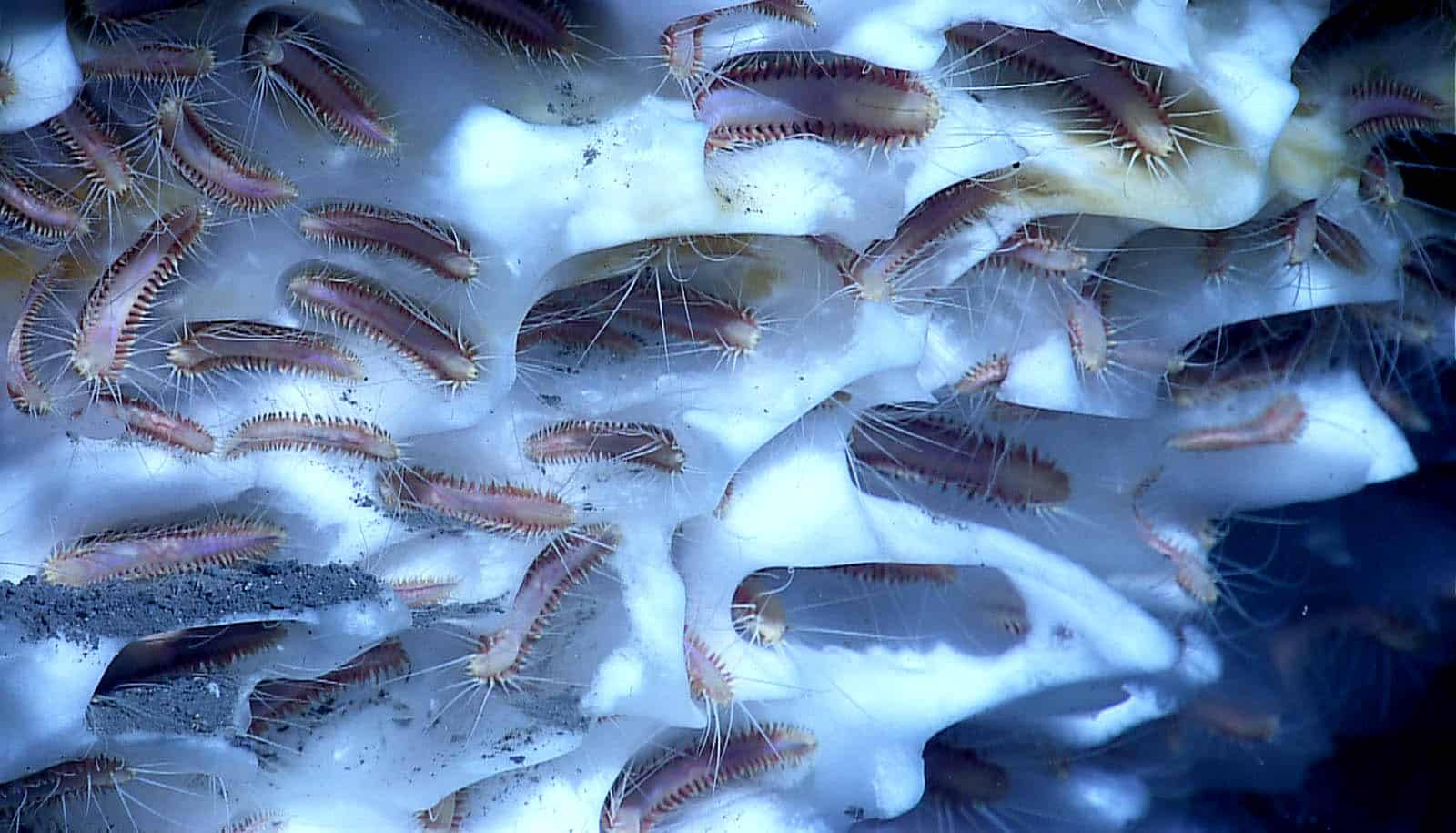
"We know the ocean naturally releases methane to the atmosphere, but we don't necessarily know how much." (Credit: Josh Withers/Unsplash )
Ocean info fills gaps in Earth’s ‘methane budget’
"The methane budget helps us place human methane emissions in context and provides a baseline against which to assess future changes."

New research uses data science to determine how much methane goes from the ocean and into the atmosphere each year.
To predict the impacts of human emissions, researchers need a complete picture of the atmosphere’s methane cycle. They need to know the size of the inputs—both natural and human—as well as the outputs. They also need to know how long methane resides in the atmosphere.
The results, published in Nature Communications, fill a longstanding gap in methane cycle research and will help climate scientists better assess the extent of human perturbations.
Every three years, an international group of climate scientists called the Global Carbon Project updates what is known as the methane budget. The methane budget reflects the current state of understanding of the inputs and outputs in the global methane cycle. Its last update was in 2016.
“The methane budget helps us place human methane emissions in context and provides a baseline against which to assess future changes,” says Tom Weber, assistant professor of Earth and environmental sciences at the University of Rochester. “In past methane budgets, the ocean has been a very uncertain term. We know the ocean naturally releases methane to the atmosphere, but we don’t necessarily know how much.”
Adding up the methane budget
In the methane budget, if one term is uncertain, it adds uncertainty to all the other terms, and limits researchers’ ability to predict how the global methane system might change. For that reason, coming up with a more accurate estimate of oceanic methane emissions has been an important goal of methane cycle research for many years.
But, Weber says, “it’s not easy.” Because the ocean is so vast, only small portions of it have been sampled for methane, meaning data is scarce.
To overcome this limitation, Weber and Nicola Wiseman, graduate student at the University of California, Irvine, compiled all the available methane data from the ocean and fed it into machine learning models—computer algorithms designed for pattern recognition. These models were able to recognize systematic patterns in the methane data, allowing the researchers to predict what the emissions are likely to be, even in regions where no direct observations have been made.
“Our approach allowed us to pin down the global ocean emission rate much more accurately than ever before,” Weber says.
The newest version of the methane budget will be released later this year and incorporates the results from Weber’s paper, giving researchers a better understanding of how methane cycles throughout the Earth’s system.
Shallow waters and phytoplankton
In addition to contributing to a better understanding of the global methane budget, the research yielded two other interesting findings:
First, very shallow coastal waters contribute around 50% of the total methane emissions from the ocean, despite making up only 5% of the ocean area. That’s because methane can seep out of natural gas reservoirs along continental margins and can be produced biologically in anoxic (oxygen-depleted) sediments at the seafloor.
In deep waters, methane is likely to be oxidized as it travels its long route from the seafloor to the atmosphere. But in shallow waters, there’s a rapid route to the atmosphere and methane escapes before it is oxidized. Weber is collaborating with John Kessler, a professor of Earth and environmental sciences at the University of Rochester, to resolve the remaining uncertainties in coastal methane emissions by conducting research cruises and further developing machine learning models.
Second, methane exhibits a spatial pattern very similar to that of phytoplankton abundance, which supports a controversial recent hypothesis that plankton produces methane in the surface ocean. Previously, scientists believed methane could only be produced in the anoxic conditions found at the bottom of the ocean. “Evidence is gradually accumulating to overturn that paradigm, and our paper adds an important piece,” Weber says.
Each natural source of methane is likely sensitive to climate change as well, and it is important for researchers to have an accurate baseline.
“There are a number of reasons to believe that the ocean might become a larger source of methane in the future, but unless we have a good estimate of how much it emits right now, we’ll never be to identify those future changes,” Weber says.
Wiseman is a former undergraduate researcher at the University of Rochester. She and Weber worked with Annette Kock at the GEOMAR Helmholtz Centre for Ocean Research in Germany.
Source: University of Rochester
The post Ocean info fills gaps in Earth’s ‘methane budget’ appeared first on Futurity.
Share this article:
This article uses material from the Futurity article, and is licenced under a CC BY-SA 4.0 International License. Images, videos and audio are available under their respective licenses.
Related Articles:
AI makes detecting methane leaks less confusing
March 10, 2020 • futurityMethod gauges of small releases from methane deposits
March 28, 2023 • futurityLinks/images:
- https://doi.org/10.1038/s41467-019-12541-7
- https://www.globalcarbonproject.org/
- https://www.futurity.org/epa-methane-emissions-1406912-2/
- https://www.futurity.org/methane-methanosarcina-acetivorans-iron-2152372/
- https://www.rochester.edu/newscenter/methane-budget-machine-learning-to-understand-climate-change-400802/
- https://www.futurity.org/methane-cycle-data-science-2183082-2/
- https://www.futurity.org


